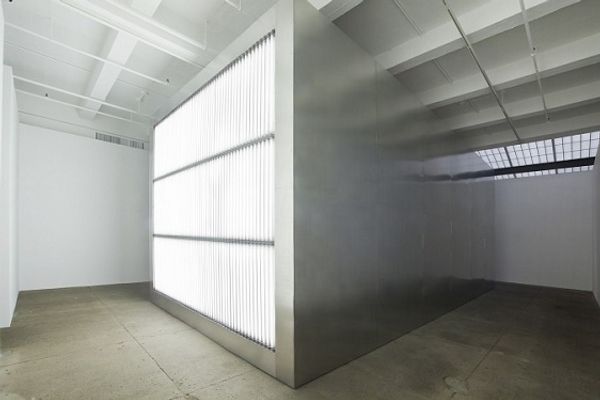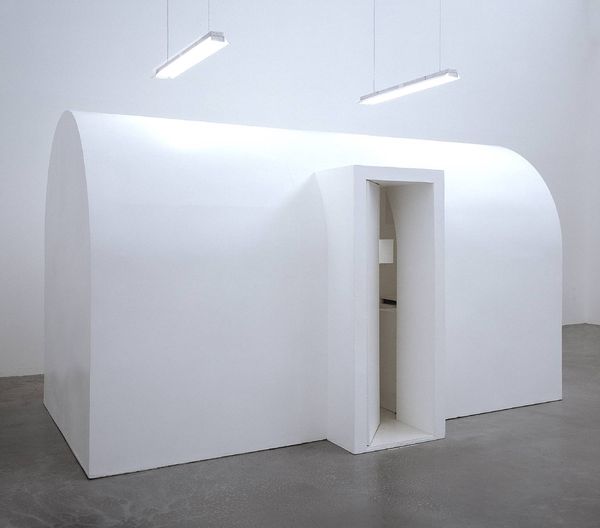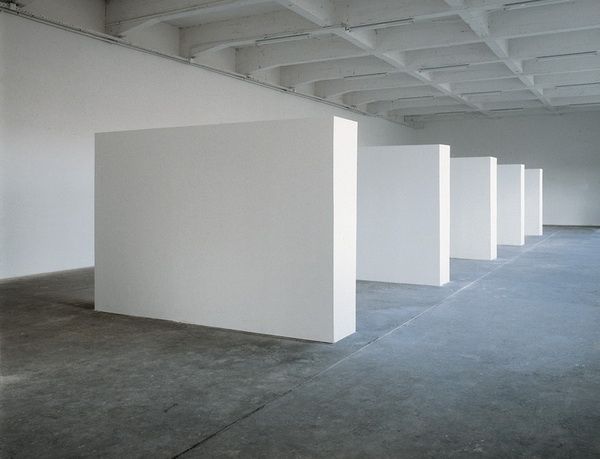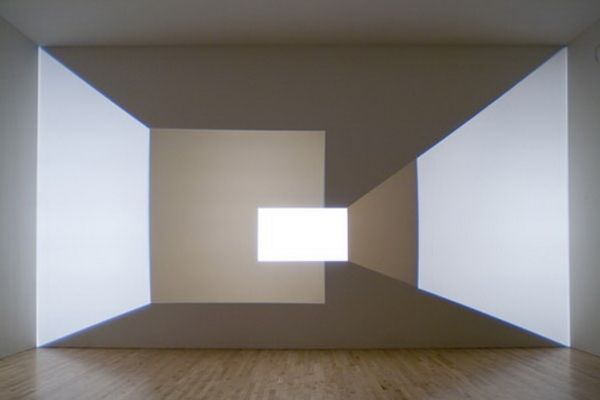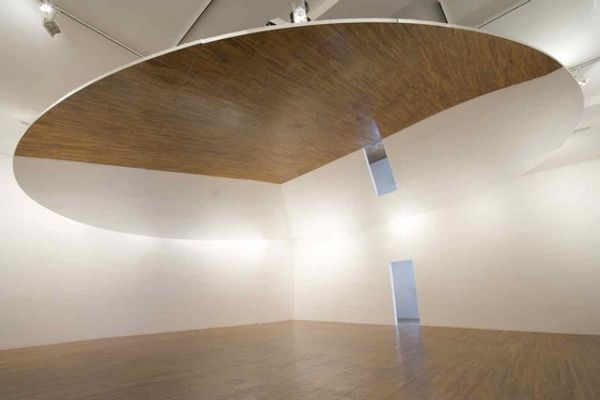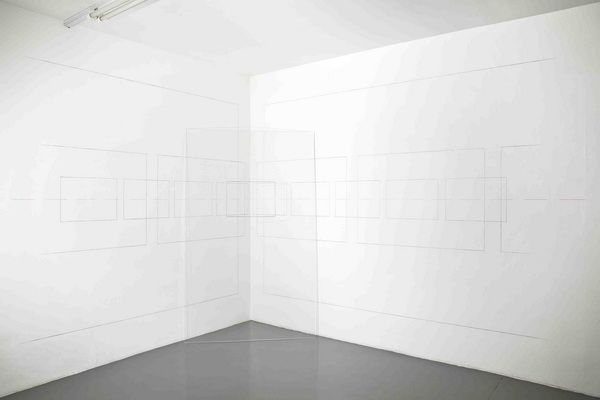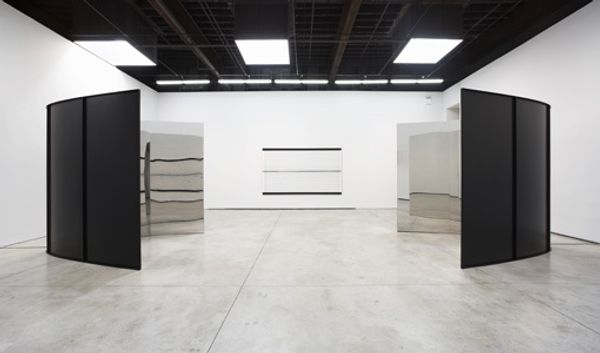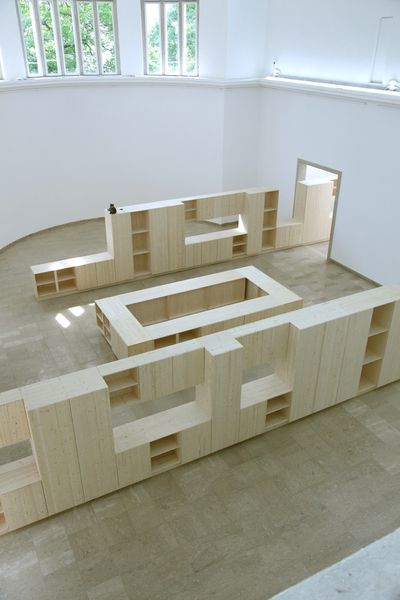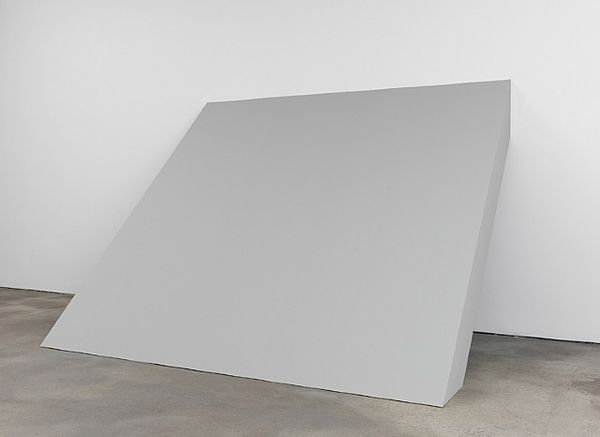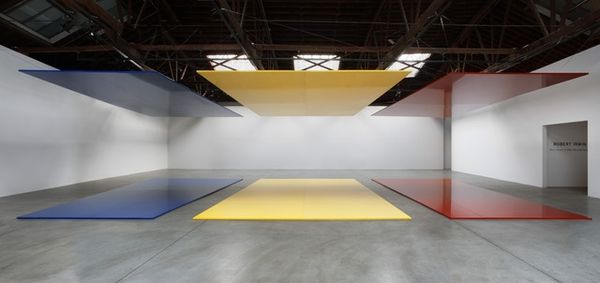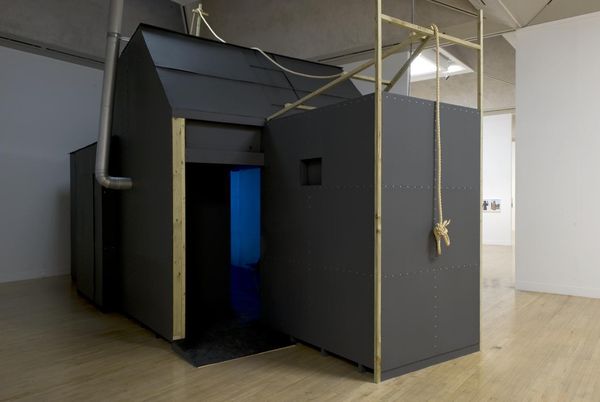
Copyright: Carsten Holler,Fair Use
Here we see the ‘Swinging Curve’ by Carsten Holler, a construction of minimalist aesthetics. Its smooth curve and sterile white surfaces echo the symbolic purity and cyclical nature found in ancient labyrinths. Consider the labyrinth, a motif prevalent since antiquity. In its earliest forms, it represented not just a physical structure, but a journey of initiation or a path through the complexities of life. The smooth, unadorned walls of Holler's curve might evoke the same sense of introspection. The curve, as a motif, recurs throughout art history – from the embracing arms in classical sculptures to the sweeping gestures in Baroque paintings. Curves often symbolize continuity, flow, and the embrace of life's journey. Think of Botticelli's Venus, born from the sea, her form an embodiment of the curve, symbolizing beauty and rebirth. Holler's curve, in its stark simplicity, invites us to project our own experiences, fears, and hopes onto its surface. It becomes a mirror reflecting our subconscious navigation through life’s twists and turns. This curve, like the symbols of old, continues its journey, adapting to new contexts, yet forever resonating with our deepest human experiences.
Comments
No comments
Be the first to comment and join the conversation on the ultimate creative platform.
